For generations, home cooks have debated whether it's safe to eat food that's been sitting overnight. Some swear by next-day meals as perfectly fine, while others treat them with suspicion. The reality isn't as black and white as either camp believes - food safety depends on multiple factors that most home kitchens overlook.
Microbial Growth: The Invisible Clock Starts Ticking Immediately
From the moment cooked food drops below serving temperature, microorganisms begin their silent colonization. Contrary to popular belief, refrigeration doesn't stop this process - it merely slows it down. The dangerous window isn't defined by arbitrary time limits, but by how quickly food passes through the temperature "danger zone" between 40°F and 140°F (4°C to 60°C). Restaurant kitchens use blast chillers to rapidly cool foods, while home refrigerators often take hours to bring down temperatures.
Different foods carry different risks. Cooked rice and pasta surprisingly rank among the most hazardous leftovers due to Bacillus cereus spores that survive cooking. These can produce toxins that reheating won't destroy. Meanwhile, properly roasted meats generally have lower bacterial risks but face quality deterioration from oxidation.
The Forgotten Factor: Your Fridge's Actual Temperature
Most home refrigerators operate warmer than their set points. FDA recommends keeping fridges at or below 40°F (4°C), but studies show average home units hover around 45°F (7°C). This seemingly small difference can nearly double bacterial growth rates. The warmest zones? Door shelves and upper compartments - exactly where people commonly store leftovers.
Glass containers outperform plastic for preservation. Our grandparents' practice of using glass jars and ceramic bowls turns out to be scientifically sound - these materials maintain colder temperatures more consistently than plastic, especially during frequent door openings.
Reheating Myths That Need to Die
The belief that boiling food makes it safe is perhaps the most dangerous leftover misconception. While heat kills live bacteria, many foodborne pathogens produce heat-stable toxins that no amount of reheating can neutralize. This explains why properly reheated leftovers can still cause illness.
Microwaves create another hidden hazard through uneven heating. Those cold spots in your microwaved meal aren't just annoying - they're potential microbial safe zones. For true safety, foods should reach 165°F (74°C) throughout, which requires stirring during reheating and using a food thermometer.
Cultural Practices Offer Unexpected Insights
Traditional food preservation methods from various cultures reveal smarter approaches to leftovers. Japanese bento practices emphasize rapid cooling through shallow containers. Indian cooking often intentionally prepares sauces and curries to taste better the next day after flavors meld. Mediterranean approaches frequently incorporate leftover vegetables into next-day frittatas where high heat provides additional safety.
Fermentation presents another alternative. Many traditional dishes like Chinese congee or German sauerbraten evolved specifically to safely extend food usability through acidic environments that inhibit pathogens.
Practical Guidelines Beyond Oversimplified Rules
Instead of fixating on "how many days" food keeps, focus on visible changes and contextual factors. Moist foods in deep containers take longer to cool, making them higher risk. Foods with high water activity (soups, sauces) spoil faster than dry items. Dishes containing raw ingredients (like salad dressings with garlic) carry different risks than fully cooked meals.
Your personal health status matters too. The elderly, pregnant women, and immunocompromised individuals face greater risks from the same food that might not affect healthier adults. These groups should follow stricter guidelines, potentially avoiding certain leftovers altogether.
The Bottom Line: Smart Leftover Practices
Divide large portions into shallow containers immediately after cooking. Invest in a fridge thermometer and place it in the warmest zone. When reheating, bring liquids to a rolling boil and stir solid foods thoroughly. Trust your senses - off smells, textures, or flavors indicate spoilage regardless of the clock. And perhaps most importantly, recognize that some foods simply weren't meant to be leftovers.
Modern food safety science suggests we need to move beyond simplistic "yes/no" answers about leftovers. With proper understanding and techniques, many foods can be safely enjoyed later. But this requires more attention to detail than most home cooks typically give to their next-day meals.
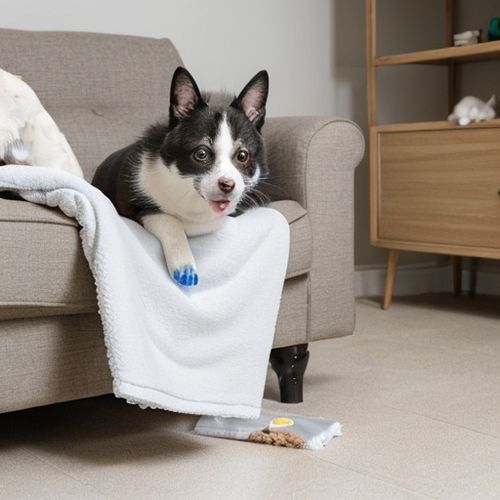
By Thomas Roberts/Apr 25, 2025

By Daniel Scott/Apr 25, 2025

By Thomas Roberts/Apr 25, 2025
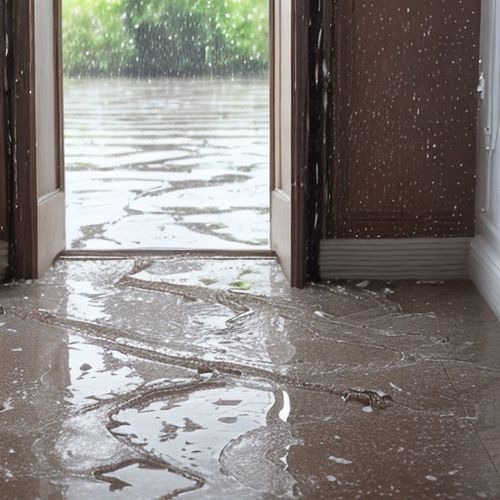
By Daniel Scott/Apr 25, 2025
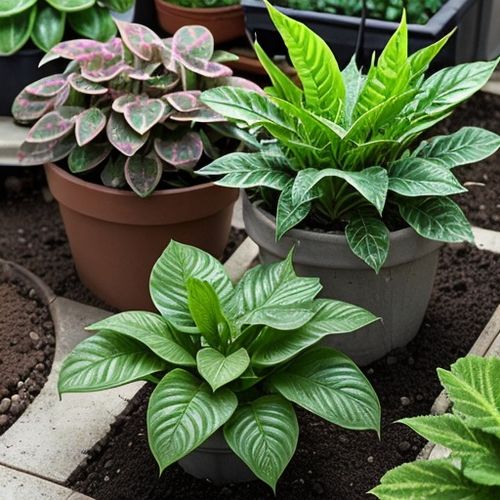
By Lily Simpson/Apr 25, 2025

By Megan Clark/Apr 25, 2025

By Christopher Harris/Apr 25, 2025
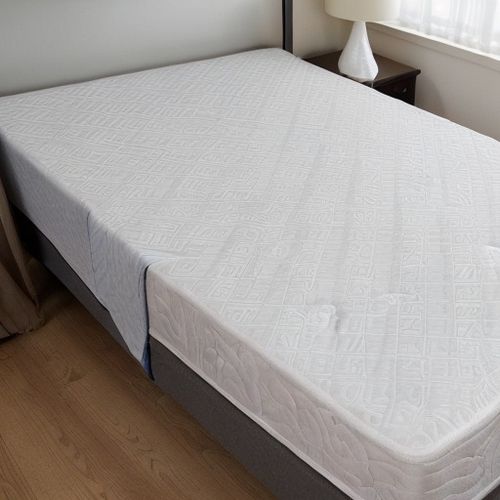
By Amanda Phillips/Apr 25, 2025

By John Smith/Apr 25, 2025

By Michael Brown/Apr 25, 2025
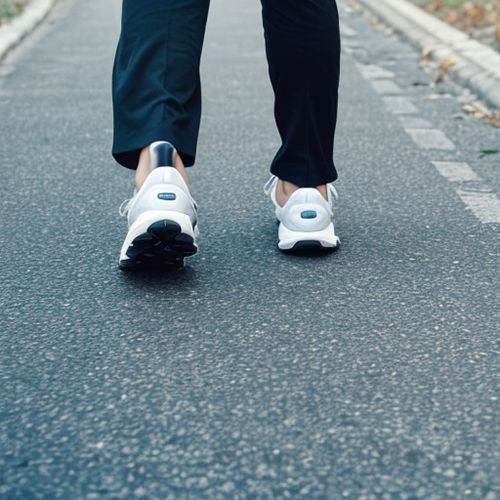
By Daniel Scott/Apr 25, 2025

By Olivia Reed/Apr 25, 2025
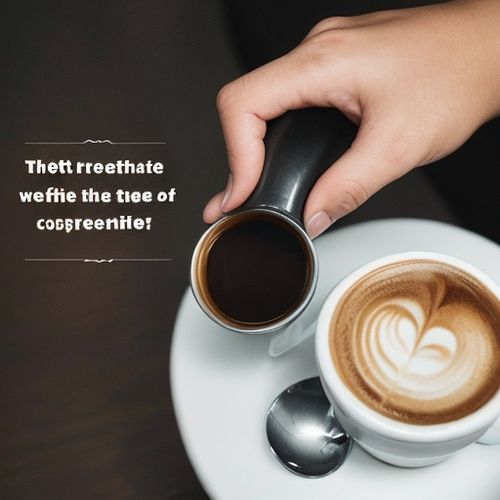
By Elizabeth Taylor/Apr 25, 2025
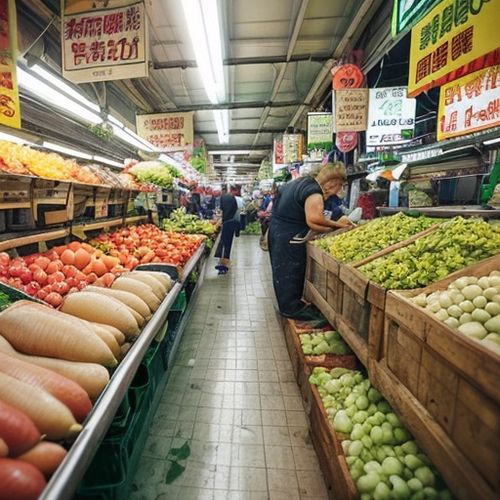
By James Moore/Apr 25, 2025
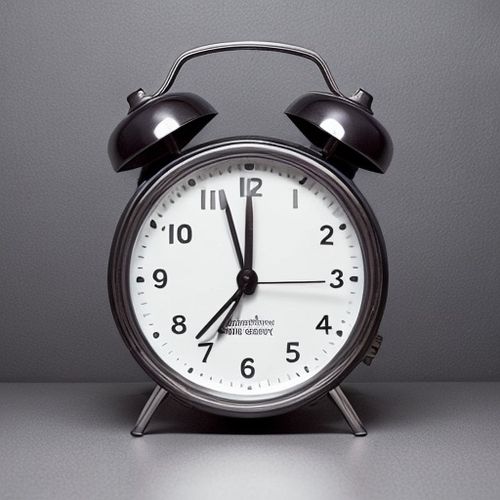
By John Smith/Apr 25, 2025
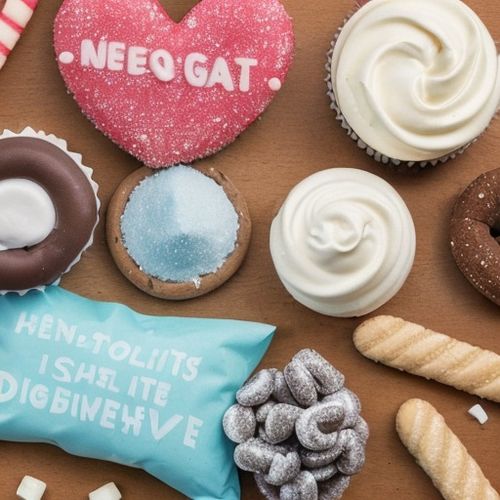
By William Miller/Apr 25, 2025

By Daniel Scott/Apr 25, 2025

By Emma Thompson/Apr 25, 2025

By James Moore/Apr 25, 2025
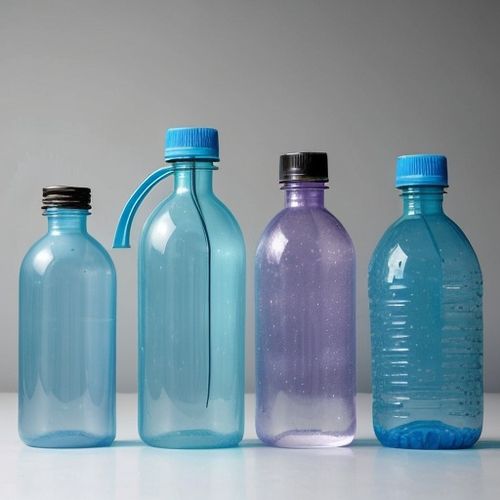
By Ryan Martin/Apr 25, 2025